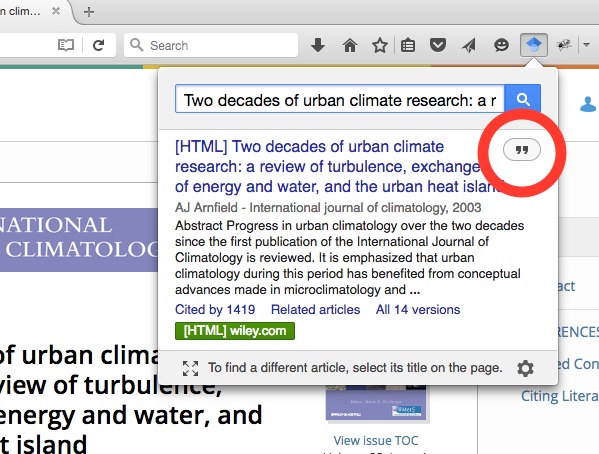

This means you have to run LaTeXĪ number of times, where each pass, it will perform a particular

Referencing of citations from your source LaTeX file to theĭatabase entries in another file, you actually need multiple Hidden to the user, but because of all the complexity of the Processing of the source to the desired output. The addition of BibTeX adds extra complexity for the Structure of the file is also quite simple. Plain text file, and so can be viewed and edited easily. Which is why I wish toĪ BibTeX database is stored as a. Tutorial, I want to do a little better than this method, as it's \cite command to cite them within the text. References at the end of the document, and then using the The previous tutorial introduced the idea of embedding Link both to your current document, as well another file of The inconsistencies of these two theories, then you can easily The Grand Unifying Theory (GUT), which tries to bridge the gap between Wish (write once, read many!) Of course, you can split yourīibliographies over as many files as you wish, so you could haveĪ file of references concerning the theory of relativity, andĪnother about quantum physics. You can have a centralised store of yourīibliography, that can be linked to as many documents as you Is often more convenient that embedding them at the end of everyĭocument you write. You can then easily link this database to any Latex document,Īnd cite any reference that is contained within the file. Much more powerful and flexible solution is achieved thanks to anĪuxiliary tool called BibTeX (which comes bundled as standardīibTeX allows you to store all your references in an external, flat-file database. LaTeX has built in support for citing references. Variety of features that make dealing with your references much References into your document is an important task.įortunately, as LaTeX was aimed for this sort of work, it has a For any academic/research writing, incorporating your


 0 kommentar(er)
0 kommentar(er)
